
We’re constantly hearing that the growth of retail media means retailers are the new publishers. So should every retailer be harnessing their inner Logan Roy to capitalise on the current boom? I’d say no.
Yes, it’s true that the retail media and publishing models look superficially similar. Both involve selling ad space on their online properties – websites, apps etc. – to third party brands.
It’s also true that retailers have three advantages in this space publishers would die for. The first is the location of the retail media opportunity, directly at the point of sale. That’s probably the most influential place to talk to a customer, and has the biggest risk. If you get that bit wrong, you might as well not bother doing anything else.
The second is the data. Thanks to their loyalty schemes, retailers now have better data about who their customers are and what they are buying than publishers do. And they have a lot more of it.
Thirdly, there’s measurement. The consumer sees the ad in the same place where they can buy the product, so you know what the impact of the ad is. It’s a closed loop.
And it is precisely because of these advantages that retailers shouldn’t aim to be like publishers. In fact, any retailer that tries to win in retail media by acting like a publisher is probably doomed to fail at both.
Key differences
The fact is there are some very significant differences between the two types of business. For a start, retailers have to promote their own brands as well as those of their advertisers.
One of a retailer’s biggest problems is differentiating themselves from the competition – especially in a world that involves Amazon. Simply creating a load of space for other brands to advertise in can substantially disrupt the retailer’s ability to create brand equity. Instead, they need to integrate advertising opportunities that align with their own messages and what they’re trying to do as a brand.
Retailers also have to deal with far more complicated commercial arrangements than publishers. Publishers have one transaction to think about: selling advertising space for money.
Retailers, meanwhile, are typically talking to their ‘advertisers’ about a lot of other things: promotions, site fees, distribution etc. Each of those transactions can be handled by a different team, each incentivised to increase spending in their area. If a brand takes money from an existing area – promotions, for example – to experiment with retail media, the promotion team’s reaction is as predictable as it is unhelpful.
Finally, in most cases publishers can accommodate exactly what their advertisers want to do. Retailers can’t. What a brand wants to do might not match what the retailer needs to do.
For example, when I worked at Gillette, we always wanted to sell the most expensive razor possible so we could drive sales of blades for that razor later on. But some customers at Morrisons or Tesco were more likely to buy the next razor down or even the one down from that.
Showing premium advertising for a £20 razor to a customer who is very value-conscious wouldn’t be the right thing for Tesco to do. It could lead to customers thinking Tesco is no longer the supermarket for them. So retailers need to be much more selective about the advertising they carry.
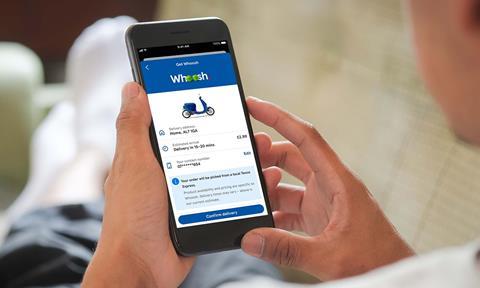
Don’t think like a publisher… or a retailer
All this adds up to retailers needing to think quite differently from publishers if they want to succeed in the retail media space. But they need to think quite differently from traditional retailers, too.
They need to be much more integrated. They need to establish the right internal structures, information flows and meeting governance so the activity of all relevant departments is properly aligned.
Retailers also have to understand retail media isn’t just about selling ad space. It means creating ideas that connect what a brand wants to do with what the retailer wants to do, creating value for both partners, and speaking to the customer in an engaging way.
The last piece is helping brands use all that first party data to plan brilliantly and personalise their advertising. That’s a really specialist skill, and it’s not one your average big media agency has access to. But it means brands can still talk about premium products, in the right place to the right customer, at the right time.
Start at the top
The final thing a would-be retail media player needs to realise is that all this change has to be driven from the top. If you leave it to your department heads to resolve, you’ll just carry on operating in silos and drive the brand marketers crazy.
Many of the conversations we’re having now are either with the CEO of the retailer or someone who reports directly into them. And those one-to-one conversations can take place six weeks before we even start talking to the department heads, because there are all sorts of considerations – organisational structure, who’s going to be responsible for managing the changes, how they need to be embedded in the culture of the business – that need to be addressed first.
The danger for retailers who buy into the idea that they’re the ‘new publishers’ is they’ll spend two years going backwards, and end up seeing revenues declining rather than growing at a time when the retail media opportunity is booming. It’s vital to make the right decisions, right now.









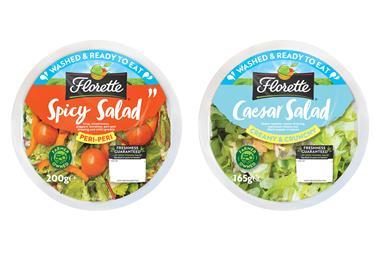
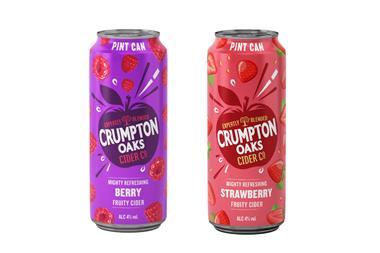


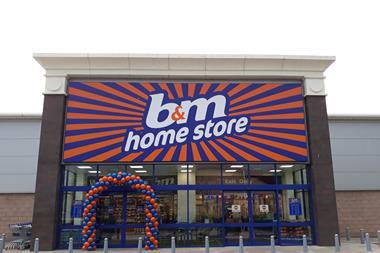


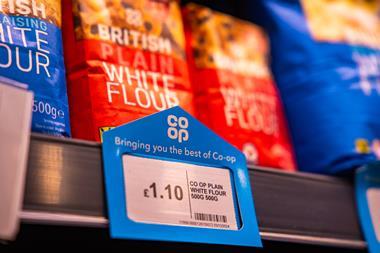

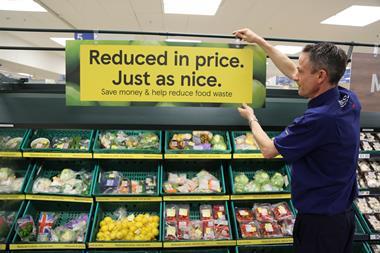
No comments yet